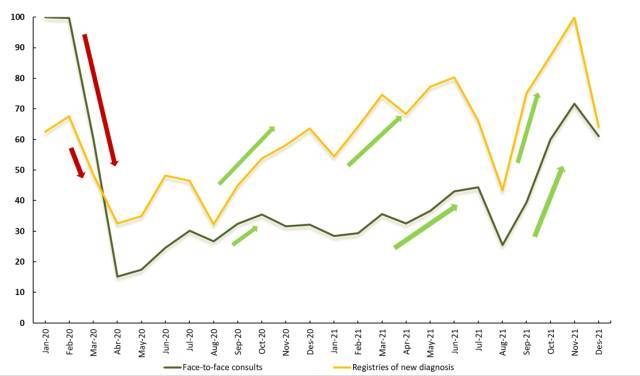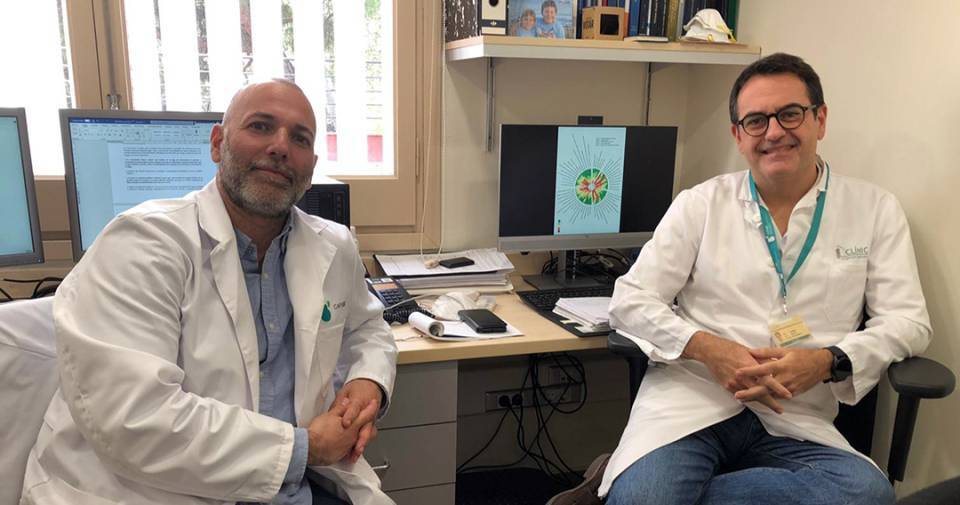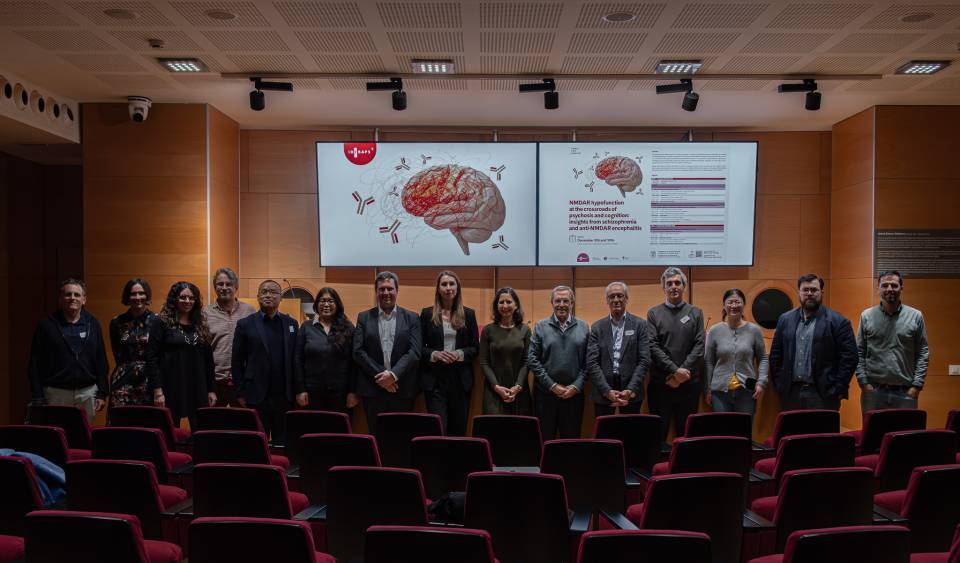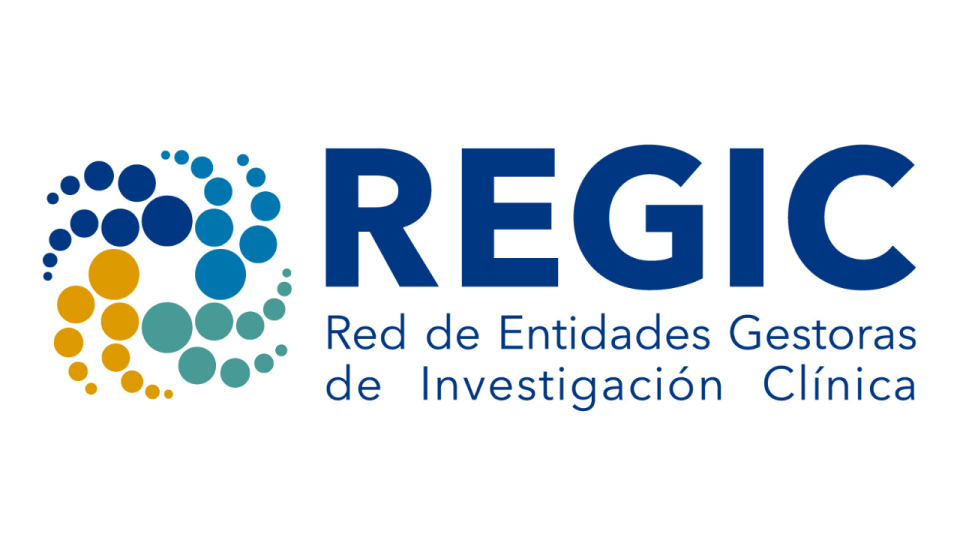The COVID-19 pandemic has made the tele-consults system common in primary healthcare and across the entire health system. Despite the potential benefits of telephone or online consults, such as access to health services from any location and reduced travel, the new technologies can be a barrier for the older population.
“We have observed that older adults, as well as people with little mastery of technology or who do not have access to it, experience difficulties in contacting with professionals via tele-consults”, explains Lluís González de Paz, from the Barcelona Esquerra Primary Healthcare Consortium (CAPSBE) and researcher from the IDIBAPS Primary healthcare interdisciplinary research group, led by Antoni Sisó. “Furthermore, the use of telemedicine requires interviewing and communication skills that are not consolidated in medicine, nor in nursing teaching, nor in postgraduate education, and that are necessary for attending to patients via tele-consults. Despite this, we do not yet know the impact of the change from face-to-face to tele-consults on patients and health outcomes”.
In order to find out, González de Paz and his team have compared the data from face-to-face consults and tele-consults that were conducted during the pre-pandemic (2017-2019) and pandemic (2020-2021) periods. The study, published in the International Journal of Environmental Research and Public Health, analyses the evolution of both types of care according to patient age group, and the number of diagnoses registered of the most frequent diseases.
According to the results, during the pandemic and within a context in which tele-consults became widespread due to restrictions on mobility, the use of tele-consults was lower among people aged over sixty-five years, in comparison with younger people. “In the 15-44 age group, tele-consults increased by 74%, while the increase among older adults, despite this being the most fragile and vulnerable group, stood at around 12%. Among the oldest groups, face-to-face consults did not increase either, in other words: older adults had less access to healthcare professionals”, affirms González de Paz. “The data also show a clear decrease in diagnoses with the increase of tele-consults. We attribute this to the fact that primary healthcare practitioners require face-to-face visits with patients to detect diseases, which differs from patient follow-up or adjusting treatments”.

For the authors, the study is evidence that older adults experience difficulties in using tele-consults and that these did not resolve the increase in the demand for services caused by COVID-19. Furthermore, they highlight the need to better adapt tele-consult tools, so that professionals can guarantee access and respond to the needs of the over-65s. “Maintaining the capacity to detect health problems, to visit the entire population and to preserve accessibility is fundamental, because it is in primary healthcare where the majority of people consult first and where they receive their first diagnosis”, concludes González de Paz.
Reference article
Barón-Miras LE, Sisó-Almirall A, Kostov B, Sánchez E, Roura S, Benavent-Àreu J, González-de Paz L. Face-to-Face and Tele-Consults: A Study of the Effects on Diagnostic Activity and Patient Demand in Primary Healthcare. Int J Environ Res Public Health. 2022 Oct 29;19(21):14119.




